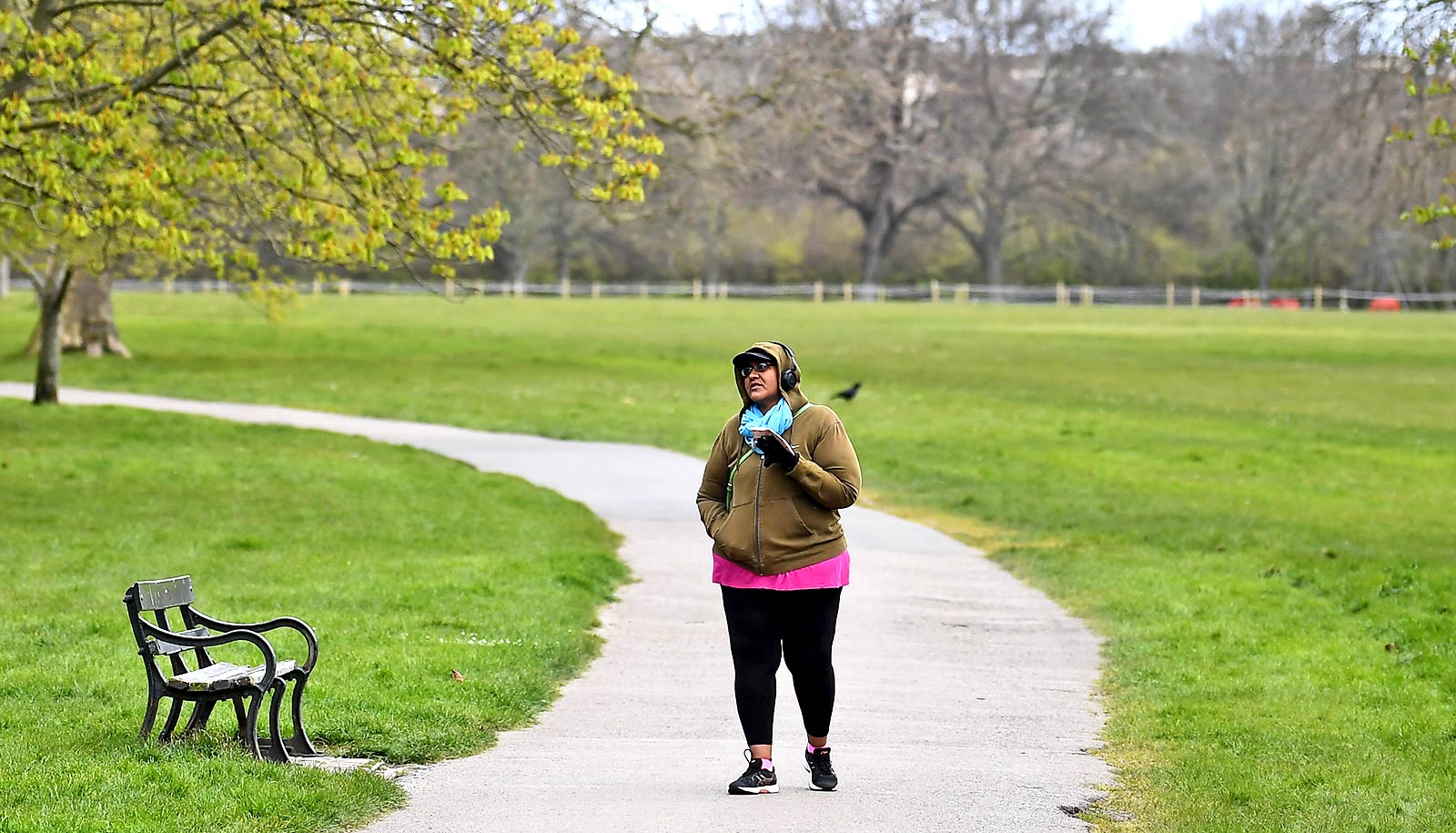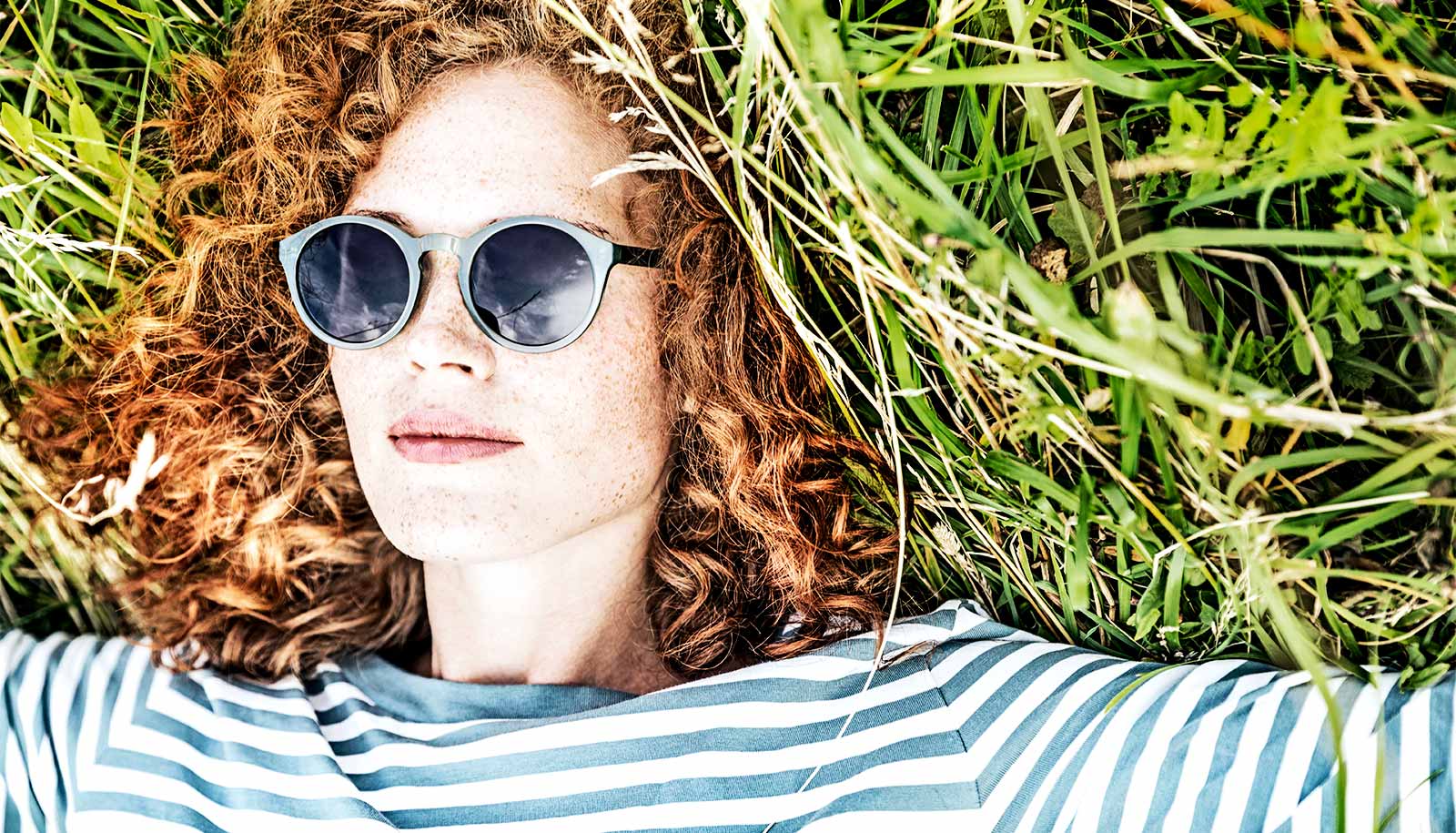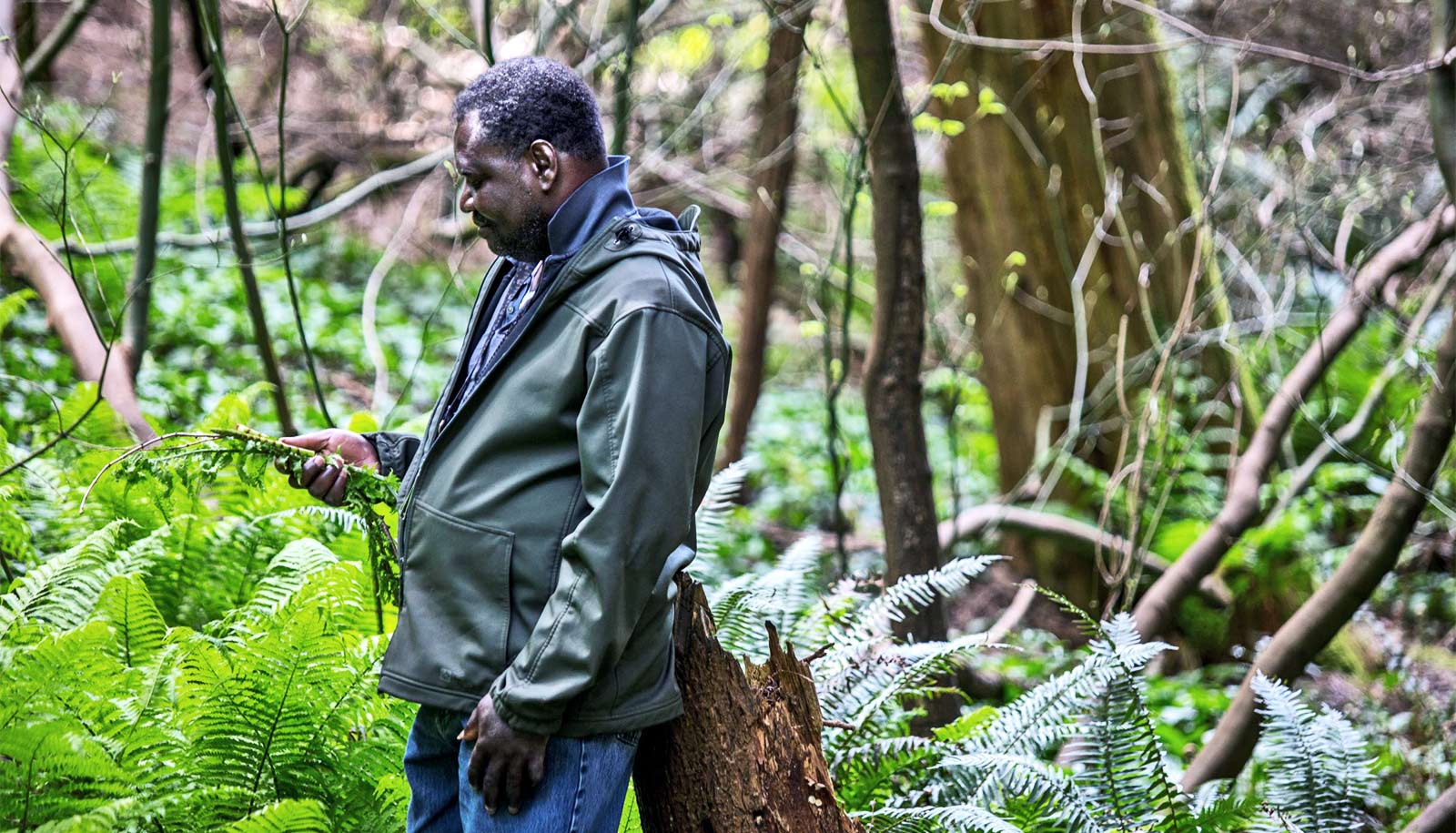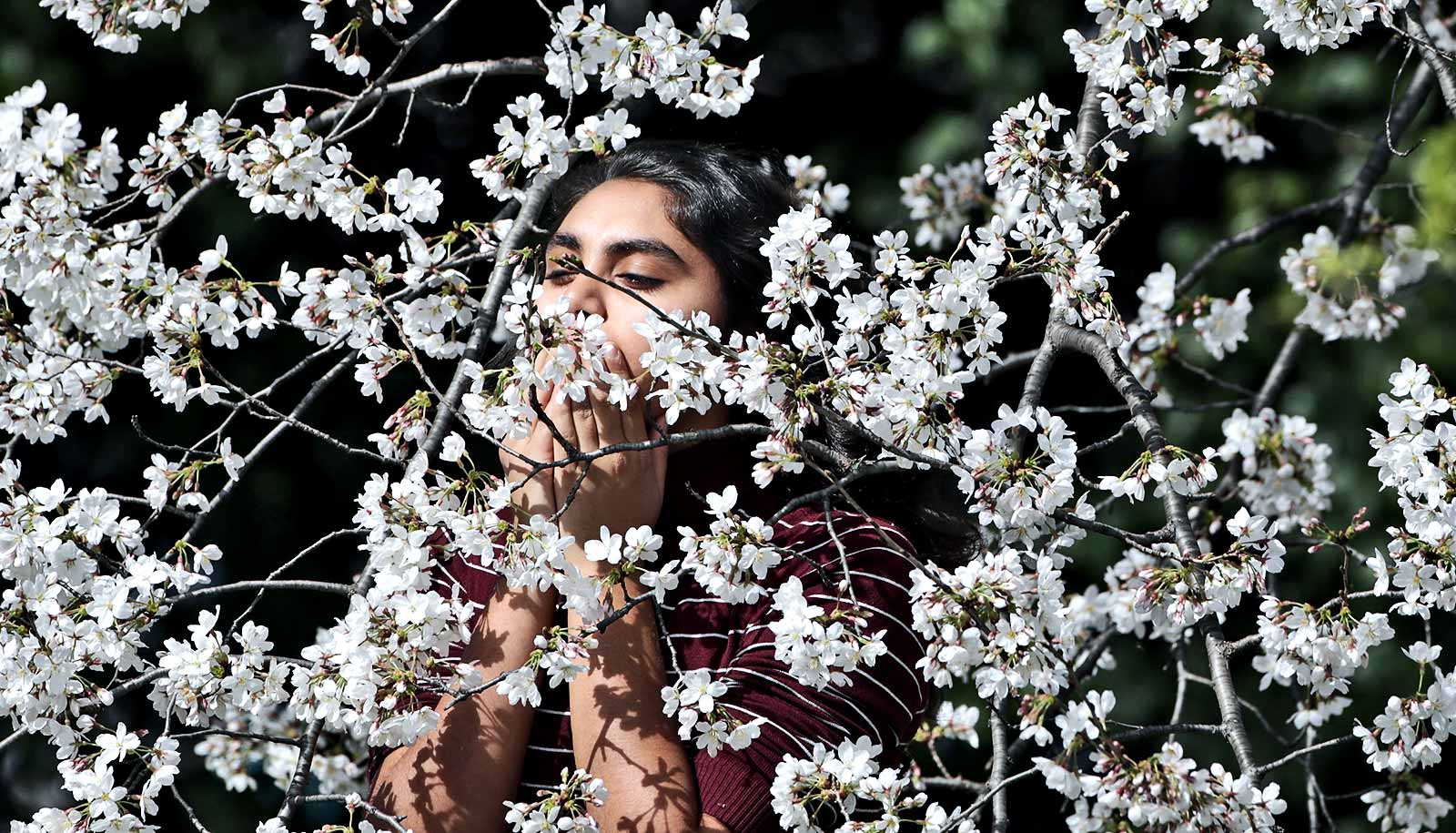Spending time in nature is crucial for our health, even during the COVID-19 pandemic, one expert says.
As state and local officials plead for residents to stay at home in the midst of the coronavirus pandemic, many included a caveat: You can still enjoy the outdoors, as long as you can maintain a safe social distance.
In the absence of widespread testing, social distancing remains the most important tool to fight the spread of COVID-19.
But the recent closures of restaurants, bars, and movie theaters did not disperse crowds so much as move them outside. And when people flocked instead to beaches, parks, and hiking trails, officials began to shut those places down, too.
Those measures underscore a widespread urban problem, says Marc Berman, an associate professor at the University of Chicago and an expert on how environmental factors can affect our brain and our behavior.
“If a city doesn’t have enough green space for the amount of people who live there, that’s a public health issue. Our research has found that nature is not an amenity—it’s a necessity. We need to take it seriously.”
The Chicago lakefront is now closed, as are Los Angeles County beaches and New York City playgrounds. Even popular national parks, such as Yellowstone and Great Smoky Mountains, have shut their gates.
Berman understands that such measures are necessary to limit COVID-19 outbreaks, especially as confirmed cases in the United States have surpassed those of every other country in the world.
“Social distancing is the major effective tool that we have right now to fight this disease, and it takes top priority,” he says.
Still, he stresses that the ongoing crisis only underscores the psychological benefits of nature—as well as the need for urban infrastructure and policies that maximize those benefits.
“People are so cooped up inside, getting the mental break outside is going to be important,” Berman says. “But we have to maintain distancing. Are there organized ways we could do that?
“You could probably figure out a way to map out the population, to say certain neighborhoods can go here at this time, or other places at another time. Try to spread it out, to keep people exposed to these environments that we know are good for them.
“The question is, does a city or municipality have enough green space to safely do this? For many places, that answer may be no.”
As director of the University of Chicago’s Environmental Neuroscience Lab, Berman has explored how interactions with nature can impact cognitive performance—and how even videos and sounds of nature can provide some gains, especially when actual outdoor exposure isn’t possible.
Last year, he was part of an international collaboration that produced a framework through which cities could measure those benefits. The long-term goal for that work was to help city planners and other policymakers better design green infrastructure to improve mental health.
That research also highlighted nature access as an issue of environmental justice, and the need for cities to increase access to nature in low-income neighborhoods.
A study that Berman led in 2015 found that having 10 more trees on a city block increases how healthy nearby residents feel—the same improvement achieved through a $10,000 increase in income, or a seven-year decrease in age.
“Cities have a limited amount of space, so we need to be creative about how we’re going to get the green space in,” Berman says. “Maybe that means designing buildings a little bit differently. Or changing the exterior of a building to add green walls.
“Having more trees—simple changes like that can preserve the good social connectivity of cities, while providing enough green spaces for mental and physical health. If we can get people interacting with nature more in larger cities, then you’d have a more mentally healthy city population as well.”
Caption: “If a city doesn’t have enough green space for the amount of people who live there, that’s a public health issue,” says Marc Berman.
Source: University of Chicago



